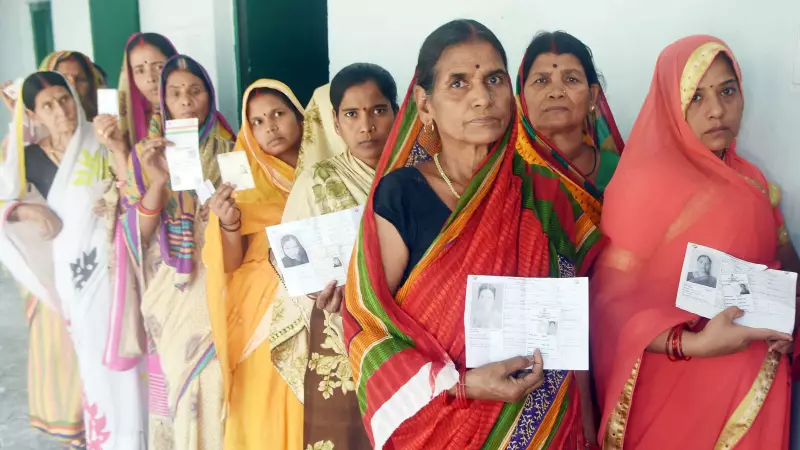
In the heart of India's political landscape, a quiet transformation is underway that could redefine Bihar's electoral dynamics for generations to come. Recent data reveals a fascinating trend that political strategists can no longer afford to ignore.
The Changing Face of Bihar's Electorate
Bihar now boasts one of India's most balanced gender ratios among voters, with 908 women for every 1,000 men. While this might seem like a simple demographic statistic, it represents a seismic shift in political power dynamics. The state's female electorate is not just growing in numbers but is becoming increasingly educated and politically aware.
The Literacy Revolution
What makes this demographic shift particularly significant is the parallel rise in female literacy rates. As more women gain access to education, they're bringing new perspectives and priorities to the voting booth. This educated female electorate is less likely to vote based on traditional loyalties and more inclined to evaluate candidates based on performance and promises.
Beyond Traditional Vote Banks
Political parties that have long relied on conventional vote bank politics are finding themselves at a crossroads. The emerging class of educated women voters demands concrete solutions rather than empty promises. Their concerns extend beyond symbolic gestures to tangible improvements in:
- Quality education infrastructure
- Employment opportunities for youth
- Healthcare accessibility
- Public safety and security
- Basic amenities and utilities
The Manufacturing Deficit Challenge
Bihar's limited manufacturing sector presents both a challenge and an opportunity. With fewer industrial employment options, the state faces pressure to create sustainable job opportunities. This economic reality is particularly significant for women voters, who are increasingly concerned about their children's future employment prospects.
The Teacher-Police Ratio Advantage
Interestingly, Bihar maintains a healthy ratio of teachers and police personnel to its population. This administrative strength could become a crucial factor in addressing women voters' priorities, particularly in education and safety—two areas that consistently rank high among female voters' concerns.
A New Political Calculus
As political parties prepare for upcoming elections, they must recalibrate their strategies to address this empowered female electorate. The old playbook of caste-based politics and hollow promises may no longer suffice. Instead, parties need to demonstrate genuine commitment to development and governance.
The rise of Bihar's women voters represents more than just a demographic shift—it signals the emergence of a more discerning, development-oriented electorate that could ultimately determine the state's political direction for decades to come.





